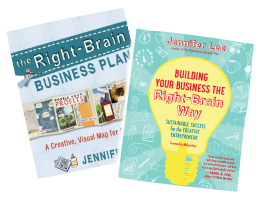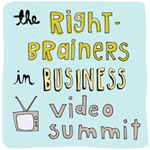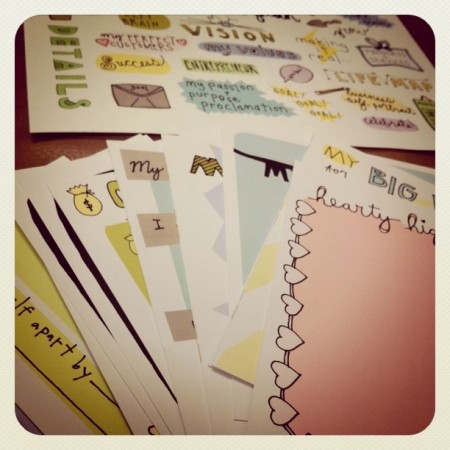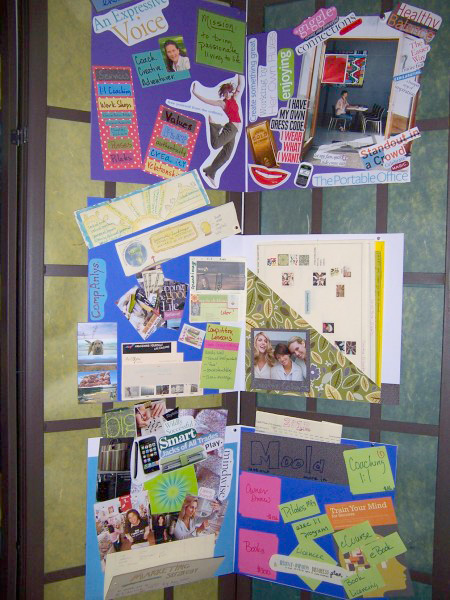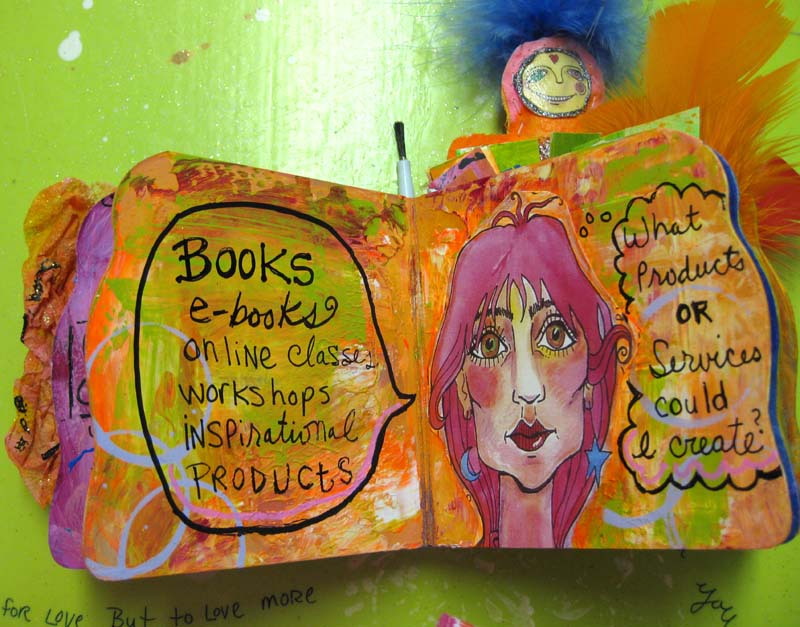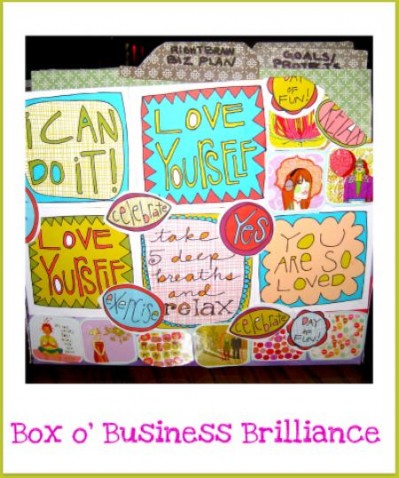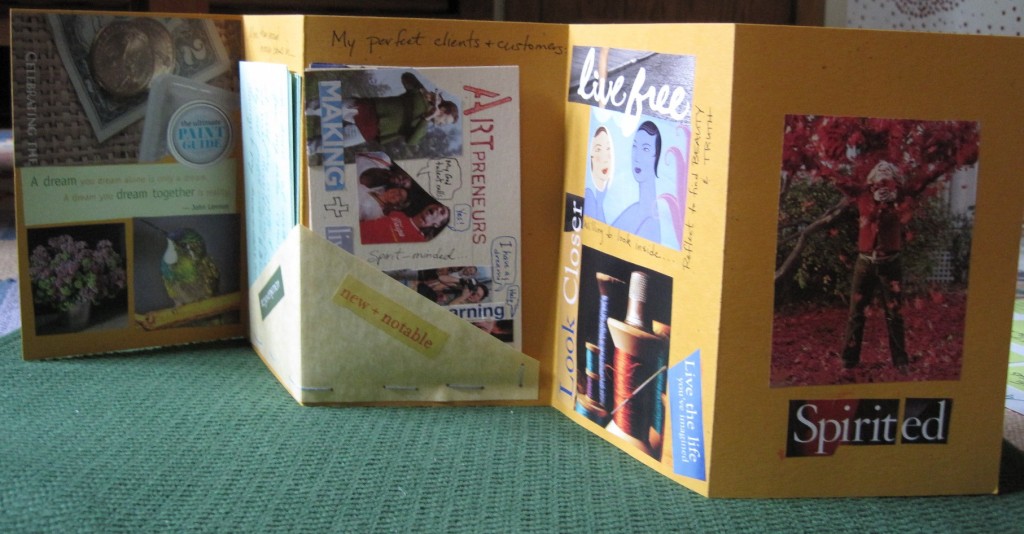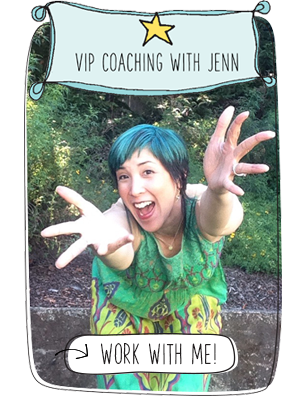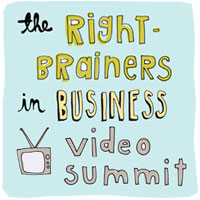 We completed the first week of the Right-Brainers in Business Video Summit on Friday. Wow, I’m so blown away by this community of creative souls coming together to make a difference and to pioneer a new way of doing work!
We completed the first week of the Right-Brainers in Business Video Summit on Friday. Wow, I’m so blown away by this community of creative souls coming together to make a difference and to pioneer a new way of doing work!
During these free sessions there are plenty of questions that get asked in our chat room. So many questions zoom by that it’s pretty dizzying to keep up when it’s live (and even to read in the chat log, for that matter)!
I’ve made the commitment to answer some of the questions via a blog post at the end of each week since we can’t get to all of the questions during the live session.
How the questions get filtered
Given the amount of questions that get asked and the range in complexity and focus, I’ll highlight a handful here that seemed to have the most interest (asked multiple times in different ways) and/or that seem most relevant to the topics at hand and the audience at large.
Some questions asked in the chat will actually be touched upon in future sessions, so hold on to them and see if they get addressed during the guest interviews or the webinars.
AND some questions are just so deep, juicy, personal, and philosophical that a blog post answer won’t do it justice. Those might be some great questions for a coaching session!
Also, if you have very specific questions about resources that don’t get answered in the webinar, feel free to ask the community via the #rbbiz Twitter hashtag and/or the Right-Brain Business Plan Facebook Fan Page. You guys have a lot of collective wisdom to share, so continue helping each other out – it’s part of being in the #rbbiz community!
Questions:
Q: Where do we get that post it note calendar behind you?
A: Paper Source. Here’s a post I did about my favorite creative planning tools.
Q: How do you distinguish the various forms of fear from redlight signals? What about the difference between good fear and excitement?
A: There were several of these types of questions that came up. This to me is one of those juicy personal questions that only you can truly answer for yourself but since it came up so much I’ll try to address it somewhat here. Have a dialogue with your fear and get curious about what its motivations are. Check in with your body and listen to how it’s reacting. Talk the decision through with trusted advisors and your creative cohorts. Ultimately trust your higher self to make the decision and also know that if it’s not the right decision in the end you are resourceful enough to recover and learn from it. Also, I did an interview a couple of years ago that talks a bit about big visions and fears.
Q: How to know the first place to start, when I have so many ideas?
A: I’d say use Andrea J. Lee’s Hell Yes, Hell No filter as a start. For the Hell Yes’s which ones are your quickest path to money? What are some quick wins? Sometimes it helps to have some momentum with smaller quick wins before tackling the bigger projects.
Q: For vision, do you mean the larger ideals you’re working towards, or concrete goals/milestones you want to achieve?
A: When I talk about vision on the summit and in the book, yes, I’m talking about the bigger, overall picture of how you want things to be and how you want to feel. The concrete goals, strategies, milestones, and actions are what support making that vision real.
Q: I am in transition and am playing the ‘”lone wolf”‘ can I still use the RB Bus. plan and if so how?
A: Yes, the RBBP can be used to help you get clear on where you want to transition to. You don’t need to be full-time in your business yet to have a plan. And just because you’re a one man/woman show, doesn’t mean that you don’t still need a plan. You still need to know what products and services you’re offering, to who, for how much, and how you’ll get the word out. Also, as you do your plan you might find places where you need to bring in some additional support so you don’t have to be the “lone wolf” anymore.
Q: How can we really zero in on what makes us unique to offer in a business sense?
A: Do the business landscape work, ask clients (or friends/colleagues if you don’t have clients yet) for feedback – there’s exercises in Chapter 3 for this, and pay attention to what is resonating with people. I think this is something that get clearer over time and putting yourself out there and getting feedback is a great way to hone in on what makes you stand out.
Q: What is the best way to find TRENDS?
A: There are several resources listed on pages 58-59 of the book.
Q: How do you research small niche markets? How do you find information about non-traditional markets?
A: Find out where they get their information from, where do they hang out, do searches online. If you can’t find actual numbers, do the Perfect Customer Portraits on pages 79-85.
Q: Can you find your target market a la carte? As you go along, researching?
A: As with any part of the business planning process, you’re always learning as you go, so sure you can “a la carte” it as you say!
 Today we focused on Chapter 6 of my book The Right-Brain Business Plan so it was all about Corralling Your Creative Cohorts. Chris Guillebeau shared with us some fabulous tips on how to build your own small army of remarkable people. His advice is always so practical, down-to-earth, and wise.
Today we focused on Chapter 6 of my book The Right-Brain Business Plan so it was all about Corralling Your Creative Cohorts. Chris Guillebeau shared with us some fabulous tips on how to build your own small army of remarkable people. His advice is always so practical, down-to-earth, and wise. Plus my fabulous creative cohort Kate Prentiss was live in my creative space with me as we chatted about our collaboration and even gave a sneak peek of the forthcoming Right-Brain Business Plan Kit that we’ve been working on. The kit will be available for sale in the next couple of months so make sure you’re signed up for my newsletter to get the launch announcements.
Plus my fabulous creative cohort Kate Prentiss was live in my creative space with me as we chatted about our collaboration and even gave a sneak peek of the forthcoming Right-Brain Business Plan Kit that we’ve been working on. The kit will be available for sale in the next couple of months so make sure you’re signed up for my newsletter to get the launch announcements.
